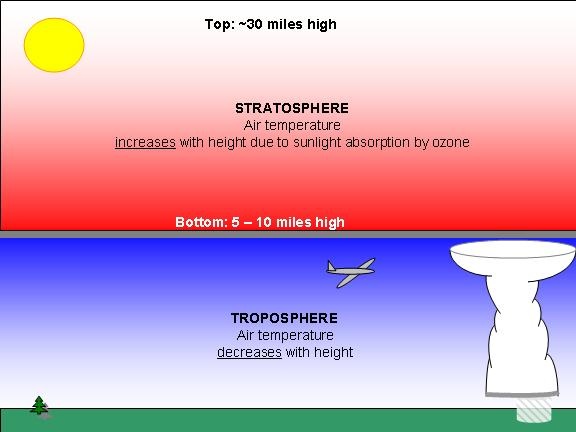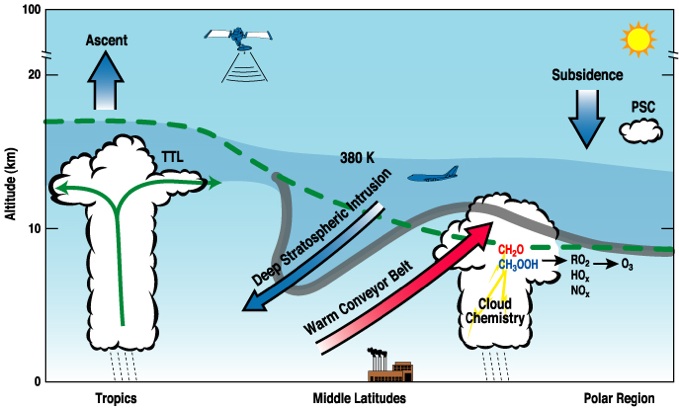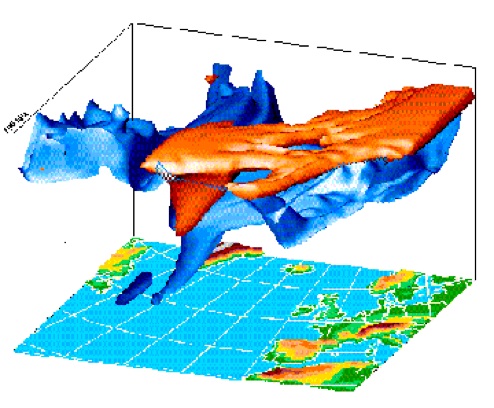This is an excerpt from the 1944 film “The Memphis Belle: A Story of a Flying Fortress”. The full original film is public domain, and can be found here:
http://www.archive.org/details/TheMem…
The film shows contrail formation, including showing “broken” contrails.
http://www.youtube.com/watch?v=wfOrez6q7WM
Make sure you listent to the audio, as it explains how high the planes are, how cold it is, and why contrails form.
Here’s some similar footage:


This brought back distant memories, but so distant as to not remind me exactly when I saw the film that had this clip in it. Thanks for the memory.
It must have been hard to extract any enjoyment out of being a twenty-year-old crewman taking off maybe in the dark to set off for deadly confrontations with flak and fighters in a brightly-lit sub-zero stratosphere, wondering how you could possibly get through a tour of duty before your number came up.
Don’t show it to BLoblaw005 – he’ll deny it has any validity AND say the vapor trails aren’t persistent – all at the same time.
Thanks, for video!
*downloading*
Some partos of the video give insight into how the atmosphere is not uniform –
At about 42 and 48 seconds you’ll see contrails “blip” from one of the aircraft in shot – they disappear for a second from all 4 engines – I guess this is because they pass through a small volume of air that has different characteristics – a volume that adjacent aircraft do not pass through.
And from 50-58 seconds (roughly) there is a bomber in the foreground not generating contrails, while those higher in the background all do – illustrating the relatively short distances that can affect contrail formation.
Or alternatively the first one is showing that the pilots knocked their secret spraying switches by accident, and the 2nd one shows that the aircraft spraying their comrades are lighter because they have ditched all that weight……but that might just be the sarcastic cynic in me talking 😉
Most likely a thermal. A column of rising warmer air.
U: “Most likely a thermal. A column of rising warmer air.”
Not so likely at the tropopause or above, surely?
There again, maybe another gaggle of bombers may have preceded them at a lower altitude… so maybe it is QUITE likely, come to think of it… 🙂
Troposphere reaches up to 11km minimum, as I learned for my license. That’s around 36060 ft – the bombers were climbing to 25000 ft, according to narrator. That’s still in “weather” range.
Yes, lots of weather at 25,000 feet. Sailplane pilots have ridden thermals up over 30,000 feet, and mountain waves up to 50,000 feet. There’s lots of movement in the atmoshere – that’s what turbulance is.
The tropopause is not so much like:

more like:

Of, as actually measured over Europe, in blue here:

(from http://www.fz-juelich.de/nic/Publikationen/Broschuere1998/umwelt-e.html )